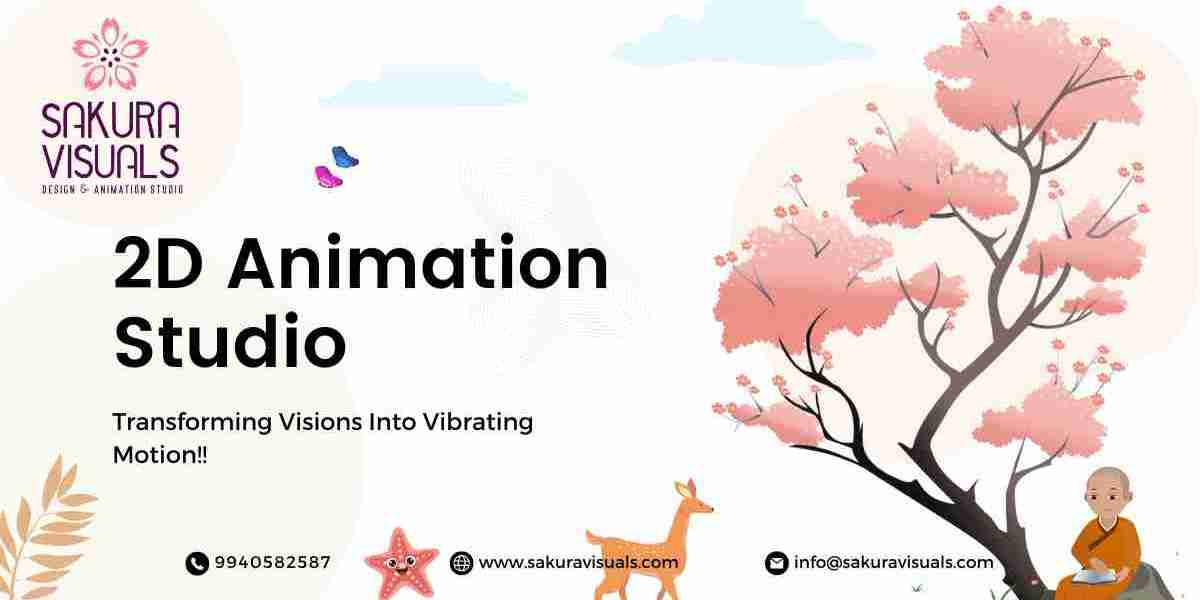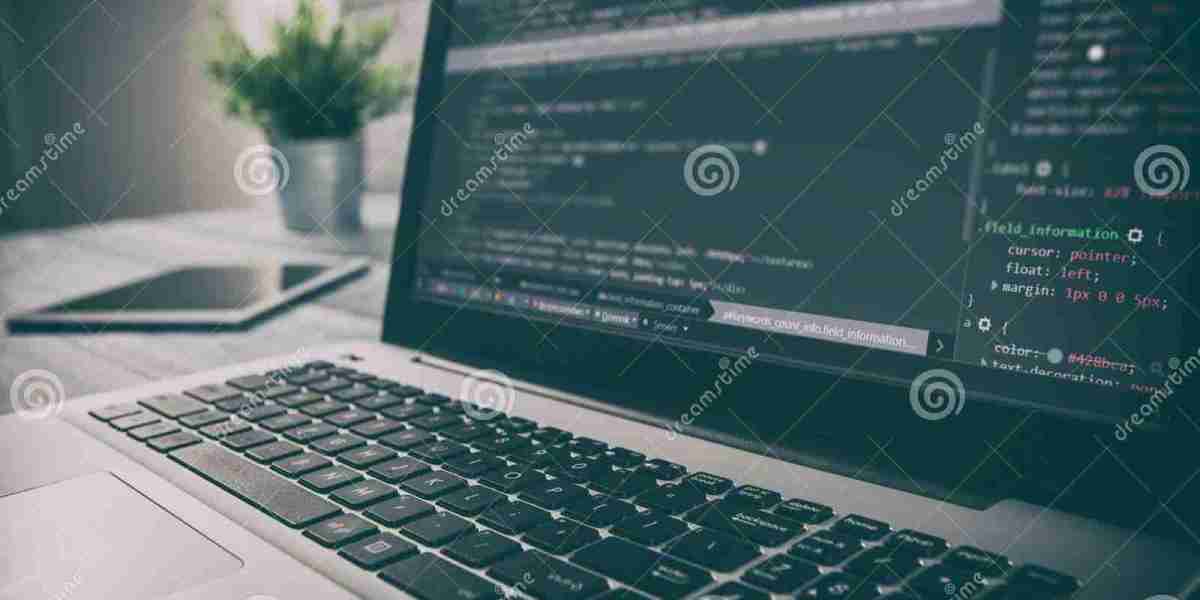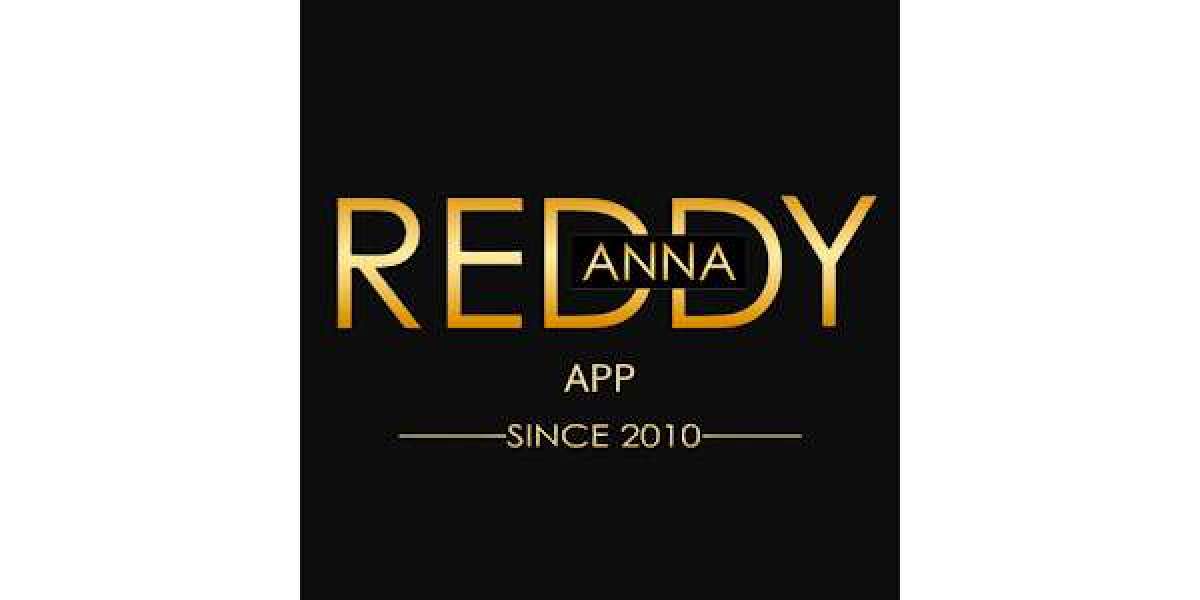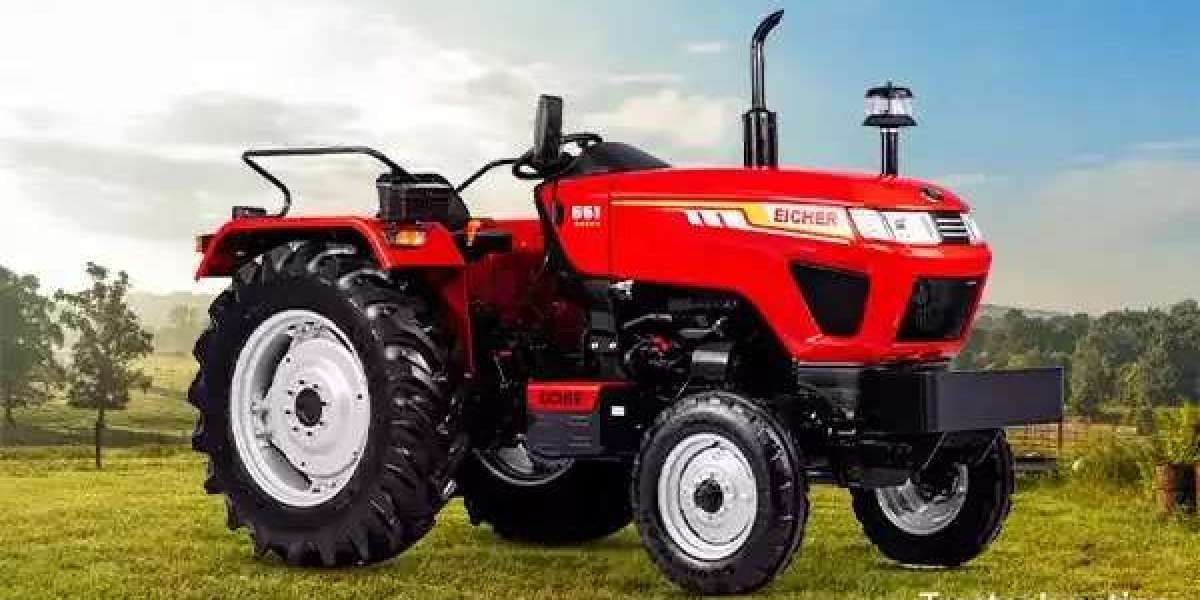2D animation involves creating movement in a two-dimensional artistic space.
Here's a general overview of the creation of 2D animation that a best 2D Animation Studio should undergo
- Storyboarding: The process typically begins with creating a storyboard. Storyboarding involves sketching out the key scenes and actions in the animation, essentially creating a visual blueprint for the animation.
- Designing Characters and Backgrounds: Once the storyboard is finalized, artists design the characters, props, and backgrounds that will appear in the animation. This involves creating detailed drawings or digital illustrations of each element.
- Digitization: Traditional 2D animation involves drawing each frame by hand on paper. However, many modern animations are created digitally, with artists using software like Adobe Animate, Toon Boom Harmony, or Clip Studio Paint to draw directly on a computer or tablet.
- Animating Keyframes: In traditional animation, animators draw the key frames first. Key frames are the most important poses or moments in the animation that define the overall motion. For example, in a character walking animation, key frames might include the starting pose, the mid-stride pose, and the ending pose.
- Inbetweening: After the key frames are drawn, animators create the inbetween frames. These frames fill in the motion between the key frames, creating smooth, fluid movement. In digital animation, this process can sometimes be automated using interpolation tools, but often requires manual adjustment to ensure the motion looks natural.
- Adding Timing and Spacing: Animators adjust the timing and spacing of the frames to control the speed and rhythm of the animation. This involves determining how many frames are needed for each action and how they are spaced out over time.
- Adding Color and Textures: Once the animation is complete, colors and textures are added to the drawings to give them depth and dimension. This can be done manually with traditional painting techniques or digitally using software tools.
- Compositing: Finally, all of the individual elements of the animation (characters, backgrounds, effects, etc.) are combined together in a compositing software to create the final scene. This process may also involve adding sound effects, music, and dialogue to complete the animation.
In summary, the best 2D Animation Company should undergo all those above mentioned processes to deliver the best 2D animation. Besides, it also involves creating movement by sequentially displaying a series of hand-drawn or digitally created images that symbolizes the delivering of stunning 2D Animation Services. Through careful planning, drawing, and timing, animators bring characters and scenes to life in a two-dimensional space.



